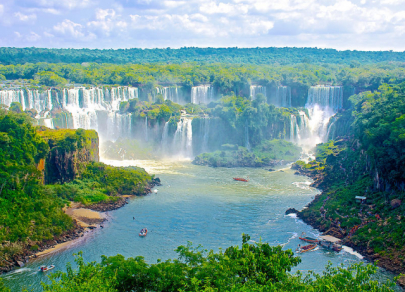FX.co ★ Largest nature reserves in the world
Largest nature reserves in the world
Yellowstone National Park (US)
One of the largest reserves on the planet, Yellowstone is located in northwestern Wyoming, US, and was established in March 1872. The park is known for its mild winters and warm but not excessively hot summers, with June temperatures reaching up to +25°C. Yellowstone is home to over 200 plant species. Its wildlife includes white-tailed deer, moose, marmots, grizzly bears, and wolves. White pelicans inhabit its lakes, and wild meadow flowers abound. There are 12 designated camping sites, as well as options for llama trekking or boating on Lake Lewis. The park sits atop the Yellowstone Plateau, surrounded by the Rocky Mountains, and houses a supervolcano whose eruption could alter the world’s climate.
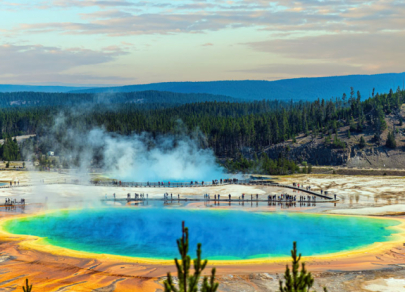
Great Arctic State Nature Reserve (Russia)
The Great Arctic Nature Reserve, founded on May 11, 1993, is located in northern Taimyr, Russia, and is the largest in Eurasia. Here, 168 species of plants can be found, and the local fauna includes polar bears, musk oxen, reindeer, wolves, arctic foxes, and walruses. The reserve is home to 12 protected bird species such as the lesser white-fronted goose, dotterel, and red-breasted goose. The landscape features low mountains and gently rolling plains, while the arctic climate keeps summer temperatures below +3°C. Tourist routes run along the Khutuda-Biga River, offering fishing and diving. Accommodation for travelers includes tents equipped for comfort.
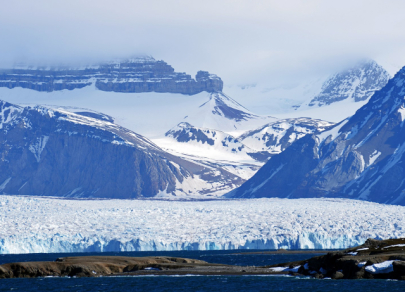
Northeast Greenland National Park (Greenland)
Officially recorded in the Guinness Book of Records as the world’s largest, Northeast Greenland National Park covers 972,000 km². Created in 1974 and expanded in 1988, the park’s sparse vegetation is mainly comprised of mosses and lichens, but its wild inhabitants include musk oxen, polar bears, reindeer, walruses, and the distinctive snowy owl. The landscape mainly consists of barren plains and is largely covered by ice. The climate is harsh, with -50°C winters being common. From May to July, thousands of tourists are drawn to witness the northern lights. Activities include dog sledding and kayaking.
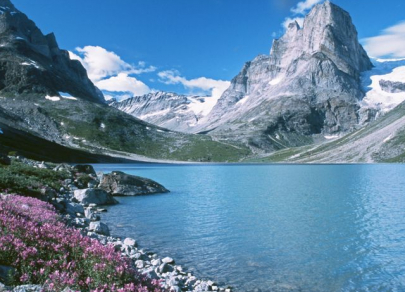
Kruger National Park (South Africa)
The exotic Kruger National Park in South Africa covers 20,000 km² between the Limpopo and Crocodile Rivers. Established in May 1926, it boasts diverse flora and fauna, mainly sprawling savanna with scattered trees. There are 47 tree species, 17 of which are protected. In the park’s center, hippopotamuses, elephants, giraffes, lions, and Nile crocodiles can be found. The most notable bird is the African grey hornbill. The terrain is predominantly flat, with a subtropical climate and most rainfall occurring during the summer. Visitor amenities include campsites, shops, cafés, and gas stations, and many travelers choose off-road tours through the park.
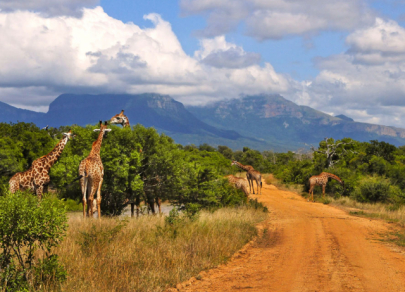
Wood Buffalo National Park (Canada)
Wood Buffalo National Park in Canada spans 44,807 km², impressing with its pristine natural landscapes across northeastern Alberta and part of the Northwest Territories. Its size eclipses that of some European countries. Initially established to protect rare flora and fauna, the park is home to large herds of bison and endangered whooping cranes—these cranes are endemic and cannot be found elsewhere. The park contains the largest river delta, surrounded by vast meadows and beautiful wildflowers.
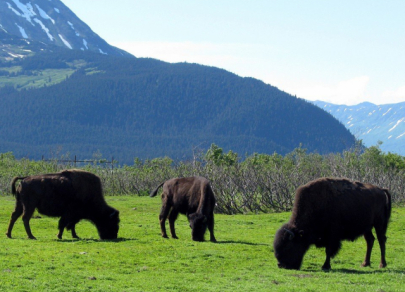
Iguazu National Park (Brazil)
The unique Iguazu Reserve is located in Paraná, Brazil, and was founded on January 10, 1939. Humid tropical forests are the park’s hallmark, with a subtropical climate featuring hot, dry summers and mild winters. Iguazu boasts over 2,000 plant species and an amazing diversity of flora. In the wild forest, as well, grows the ironwood tree, known locally as quebracho. Animal life includes the coral snake and jaguar. Among rare birds are the Brazilian merganser and the American swift, both specially protected. Tourists can enjoy riverboat safaris to the waterfalls or relax in on-site cafes, restaurants, and pavilions offering scenic views.
